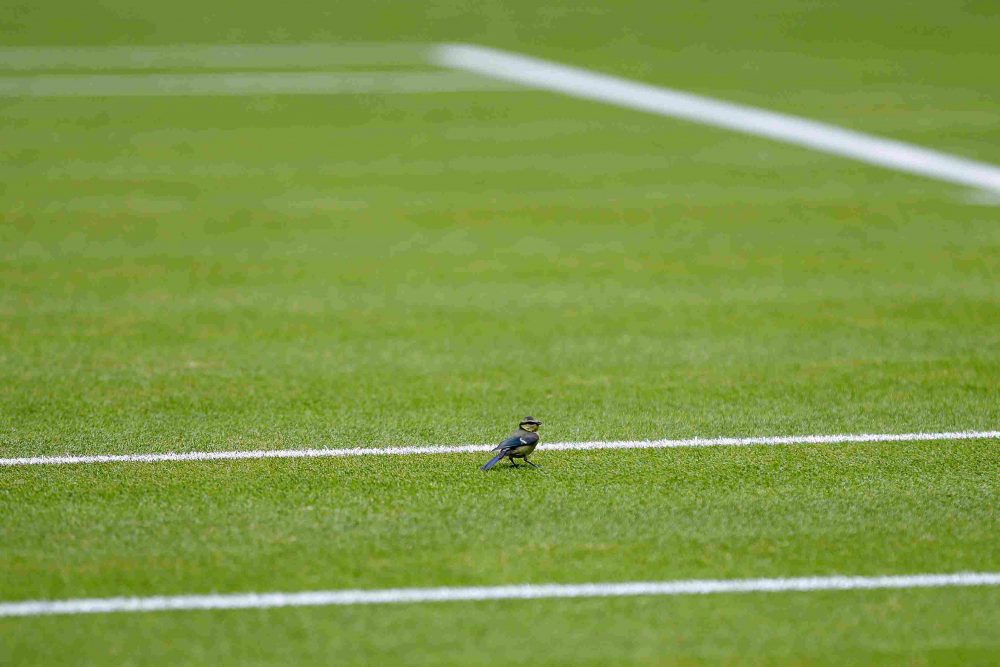Welcome to Tennis Elbow, the column that looks back on the week that was in the world of tennis. This week, Charles Blouin-Gascon recaps the latest decision from the two governing bodies.
Remember the ancient times back in the month of March?
A glance at your calendar might say that March was a mere four months ago, barely enough for one full season to start and end, but the world we live in today feels like it couldn’t be any more different than the one we inhabited back then.
Back in March, the Covid-19 pandemic was still somewhat of a foreign concept when the powers that be decided to cancel the Indian Wells and Miami tournaments and, from there, things quickly spiralled as more or less everything in our daily lives was brought to a halt. This included, on a very, very unimportant level in the grand scheme of things, halting all tennis matches for the foreseeable future.
With no tennis at all, the next step was to freeze the rankings on both tours, something that those in charge decided to do fairly early on in the process. How could you have rankings that reflected the previous 52 weeks of play on tour when play had halted, the tennis gods seemed to ask? (Such a question glances over the fact that the rankings aren’t frozen during the offseason, but let’s let it go for now.)
More or less, that’s where we’ve been ever since.
In the weeks and days since, the situation worldwide has evolved for the (somewhat) better (and for the worse in the United States, but we digress) to the point that the sport’s governing bodies can now feign concern over their competitors’ wellbeing as they green light a plan to bring tennis back later next month with an abridged schedule in the one country on Earth that seems to think the coronavirus can’t affect them. [Narrator’s voice: it very much would and does affect them.]
The latest step toward the return of tennis in our lives came last week when the ATP and the WTA both announced separately that they had figured out a plan to unfreeze the rankings once competitive matches would start again next month. The rankings, which have been frozen since March 16 as we mentioned, will now cover a period of 22 months, from March 2019 through the end of this godforsaken year.
Here’s the part where you ask how this would work and, luckily for you, the press release on the news included plenty of these details you seek. For one thing, the new rankings will only count what the press release calls the “Best 18” events of any player’s previous 22 months. There are other elements to take into account, notably the fact that one single event cannot be counted twice among the 18 events or that the points won for each of the 18 events will stay in a player’s tally for 52 weeks once they are counted.
Such a decision was expected, of course, and it’s ultimately a good thing to see everyone in tennis come together at such a time. What we especially love most about this new decision is how much flexibility the tennis world retains. Down near the conclusion of the press release, there’s a line that says that, “Should the 2021 season be impacted by Covid-19, further adjustments to Rankings will be considered.”
In a sport that’s typically been so resistant to change and so reliant on tradition, this is no doubt a positive. It might be by necessity but whatever works; tennis is probably looking at what’s happening in the United States and feels like the next season might very well be affected again by this pandemic.
Maybe but, you know, probably.
Follow Charles Blouin-Gascon on Twitter @RealCBG

















